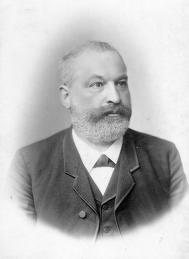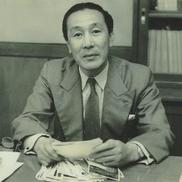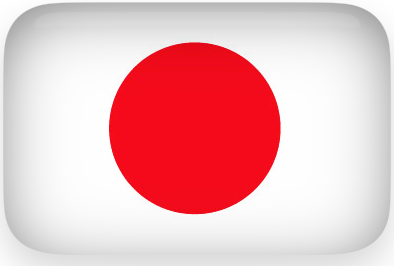Organic germanium, also known as germanium-132 or Ge-132, is a highly versatile compound that has gained considerable attention in the scientific and health communities. Its unique properties and potential health benefits have sparked interest and exploration into its history, applications, and therapeutic potential.

Germanium was discovered by Clemens Winkler, an outstanding German chemist, in 1886. It was named after Germany, and its elemental form gained prominence in the early 20th century due to its semiconductor properties. However, it wasn’t until the mid-20th century that research on organic germanium gained momentum. Winkler isolated the pure element, germanium, on February 6, 1886 and published his results

The first scientist interested in studying germanium for medicinal purposes was Dr. Kazuhiko Asai from Japan (1940), who is now considered to be the founder of modern organic germanium medicine. Dr. Kazuhiko Asai, a Japanese chemist, is often credited as the pioneer of organic germanium. In the 1960s, he began investigating the medicinal properties of germanium compounds and their potential applications in enhancing human health. Driven by his fascination for natural remedies and their ability to support the body’s innate healing capabilities, Dr. Asai focused on germanium and its organic compounds.
One of the significant breakthroughs in organic germanium research came in the late 1960s when Dr. Asai developed a unique manufacturing process to produce organic germanium compounds in their most biologically active form. This process involved fermentation of certain plants, such as ginseng and garlic, resulting in the formation of germanium-132.
Dr. Asai’s research and subsequent studies revealed numerous potential health benefits of organic germanium. It was found to enhance the immune system, improve oxygen utilization, and possess antioxidant and anti-inflammatory properties. These properties made organic germanium a promising candidate for supporting various health conditions, including cancer, viral infections, arthritis, and chronic fatigue syndrome.
However, organic germanium’s trajectory was not without controversy. In the late 1980s, concerns were raised about its potential toxicity and adverse effects. Some studies suggested that inorganic forms of germanium, such as germanium dioxide, could lead to kidney and liver damage in high doses. This controversy led to restrictions on the sale and use of germanium supplements in certain countries.
Despite these concerns, the organic form of germanium, specifically germanium-132, continued to attract interest due to its lower toxicity profile and potential health benefits. Ongoing research has focused on better understanding its mechanism of action, exploring new applications, and confirming its safety profile.
Today, organic germanium supplements are available in various forms, including capsules, tablets, and liquid extracts. They are marketed as dietary supplements and claimed to support the immune system, enhance overall health, and potentially mitigate various chronic conditions.
It is worth noting that while organic germanium shows promise, more rigorous clinical trials and scientific research are needed to validate its claims and establish its safety and efficacy conclusively. The journey of organic germanium is far from over, and further exploration will help unlock its full potential in supporting human health.
Organic germanium has a rich and evolving history, from its discovery as an elemental semiconductor to its current status as a potential therapeutic compound. Although controversies have emerged regarding its safety and efficacy, ongoing research offers hope for a deeper understanding of its mechanisms and applications. As science advances, the story of organic germanium continues to unfold, promising potential benefits in the realm of human health and well-being.
